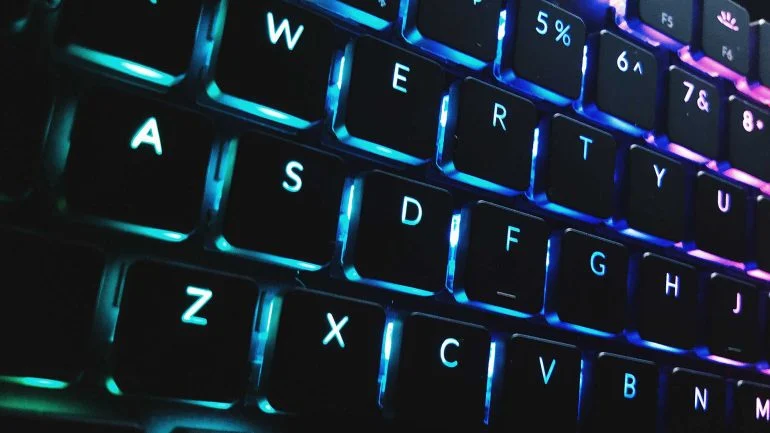In a world of customization and personalization, even the most mundane items are not exempt from a touch of individuality. Keyboards, once seen as mere tools for typing, have become a canvas for self-expression and creativity. The rise of the “Do It Yourself” (DIY) trend has led many to ponder the question: Should users directly DIY a keyboard by themselves? This article delves deep into this inquiry, offering insights, tips, and essential information to guide you through the decision-making process.
Should Users Directly DIY a Keyboard by Themselves?
The allure of crafting your own keyboard is undeniable, but it comes with both rewards and challenges. Let’s explore the factors that can influence your decision:
Pros of DIY-ing a Keyboard
- Unlimited Customization: When you take on the task of building a keyboard, you gain complete control over every aspect. From the type of switches to the custom keycaps‘ design, you can tailor the keyboard to match your preferences perfectly.
- Quality and Durability: DIY keyboards often use higher-quality components than mass-produced ones. This can result in a more durable and longer-lasting keyboard that can withstand heavy usage.
- Learning Experience: Building a keyboard from scratch provides a valuable opportunity to learn about the different components, their functions, and how they come together to create a functional device.
- Sense of Accomplishment: Completing a DIY project is incredibly satisfying. Typing on a keyboard you’ve assembled yourself can boost your confidence and sense of achievement.
Cons of DIY-ing a Keyboard
- Complexity: Keyboard assembly involves intricate steps that may be challenging for beginners. Soldering switches, arranging keycaps, and programming the firmware require careful attention to detail.
- Time and Effort: DIY-ing a keyboard is a time-intensive process. Sourcing components, following guides, and troubleshooting issues can be time-consuming.
- Initial Cost: While DIY keyboards can be cost-effective in the long run, the initial investment can be higher compared to off-the-shelf options, especially if you’re aiming for premium components.
- Potential Mistakes: Inaccurate assembly or soldering can lead to non-functional keys or a malfunctioning keyboard. Troubleshooting these errors requires technical knowledge.
Key Considerations before DIY-ing a Keyboard
Before embarking on your keyboard-building journey, consider the following factors:
1. Skill Level and Experience
Evaluate your familiarity with electronics, soldering, and keyboard assembly. Beginners might want to start with DIY kits that offer step-by-step instructions.
2. Budget
Determine how much you’re willing to spend on components. Research and compare prices to create a realistic budget that covers all necessary parts.
3. Layout and Design
Choose a keyboard layout that suits your typing style and preferences. Additionally, decide on the visual aesthetics, such as keycap colors and materials.
4. Components and Compatibility
Select switches, keycaps, PCBs (Printed Circuit Boards), and other components that are compatible with each other. Incompatible parts can lead to frustration and functionality issues.
5. Tools and Workspace
Ensure you have the required tools, such as soldering equipment, screwdrivers, and a clean workspace. A well-equipped environment reduces the likelihood of mistakes.
6. Firmware and Programming
Some DIY keyboards allow for custom firmware and programming. Familiarize yourself with the programming process if you want to modify key functions.
Conclusion
In the realm of keyboard enthusiasts and tech aficionados, DIY-ing a keyboard is a rewarding endeavor. The process offers a blend of creativity, technical skill development, and personalization that can’t be replicated with off-the-shelf options. However, it’s essential to approach the task with patience, a willingness to learn, and a clear understanding of the potential challenges. With the right mindset and adequate preparation, creating a keyboard that suits your preferences can be an immensely gratifying experience.
Remember, the decision to directly DIY a keyboard by yourself ultimately depends on your willingness to invest time, effort, and enthusiasm into crafting a device that is uniquely yours.

